Effective Cold Therapy for Discomfort Relief

Nobody wants to suffer from discomfort. Fortunately, the medical community has invested significant time and effort into finding ways to help people cope. From pharmaceuticals to massage, many methods have been developed to ease discomfort, and heat and cold therapy is one such treatment.
Understanding Cold Therapy
Cold therapy, also known as cryotherapy, comes in various forms. A common method is applying ice to an injury. Cryotherapy, a more intense form of cold therapy, uses extremely low temperatures to reduce inflammation and promote healing.
How Cold Therapy Works
Heat and cold therapy operate on the principle that heat promotes circulation while cold reduces blood flow, inflammation, and muscle spasms . The first-aid advice of using rest, ice, and elevation to treat injuries, though controversial, is rooted in sound logic. Studies show that applying melting iced water to an injured area through a towel can promote faster healing .
Supporting Your Body’s Healing Process
Cold therapy is effective for sprains, strains, fatigue, and general soreness. While it doesn’t directly repair tissue damage, it aids your body in its natural healing process by reducing inflammation and keeping the damaged tissue temperature low. This helps maintain mobility, which is crucial for healing. It’s essential to rest the affected area and use other treatments alongside cold therapy.
For instance, the ginger in the Relieve blend can reduce inflammation, while the lavender and chamomile in the Sleepy blend promote relaxation and reduce anxiety, aiding in quicker recovery . Your body performs significant tissue repair during sleep, so adequate rest is vital for health.
Temporary Discomfort Relief
Both ice and heat are effective for temporary discomfort relief. Some people find 'contrast bathing,' which alternates between ice and heat, provides short-term relief and long-term healing benefits. Depending on your injury or condition, ice may be suitable in some cases, while heat might be better in others . Heat reduces stiffness, ice numbs discomfort and reduces inflammation, and both can stop spasms.
Generally, ice is recommended for recent injuries to limit bruising and reduce discomfort, while heat is better for older injuries and chronic conditions to increase blood flow and relax tense muscles.
Immediate Steps for Fresh Injuries
If you’ve suffered a fresh injury, such as a bruise or stiff neck, first assess the severity. Stop the activity that caused the injury and avoid putting weight on the affected area. If you’re confident you haven’t broken a bone or dislocated a joint, follow the PRICE protocol:
- Protection: Protect the area from further damage.
- Rest: Avoid vigorous activity until the injury heals.
- Ice: Apply ice to reduce swelling and discomfort.
- Compression: Use gentle compression to minimize swelling.
- Elevation: Keep the injured limb elevated when possible.
Gentle movement promotes circulation to the injured area, prevents muscle atrophy, and reduces the risk of future injuries. Stay as mobile and active as possible, but allow time for the injury to heal. If there’s no improvement after a few days, or if the discomfort is severe, seek medical advice.
Long-Term Discomfort Management
For conditions like arthritis, sciatica, or other long-term discomfort, heat treatments may be more beneficial than cold therapy. Your doctor can advise you on the best self-care practices for your condition and suggest complementary treatments like massage, aromatherapy, or acupuncture to help reduce chronic discomfort.


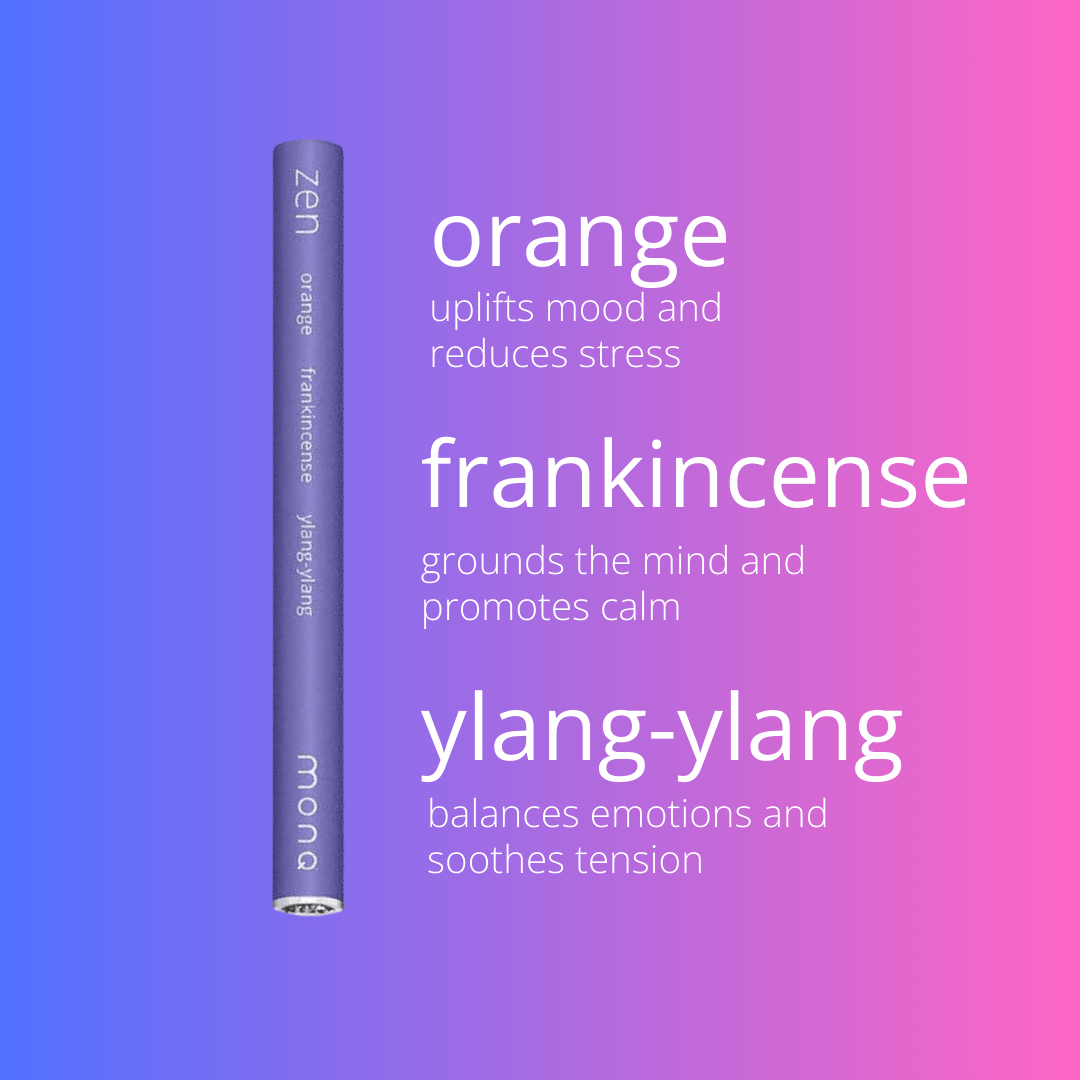
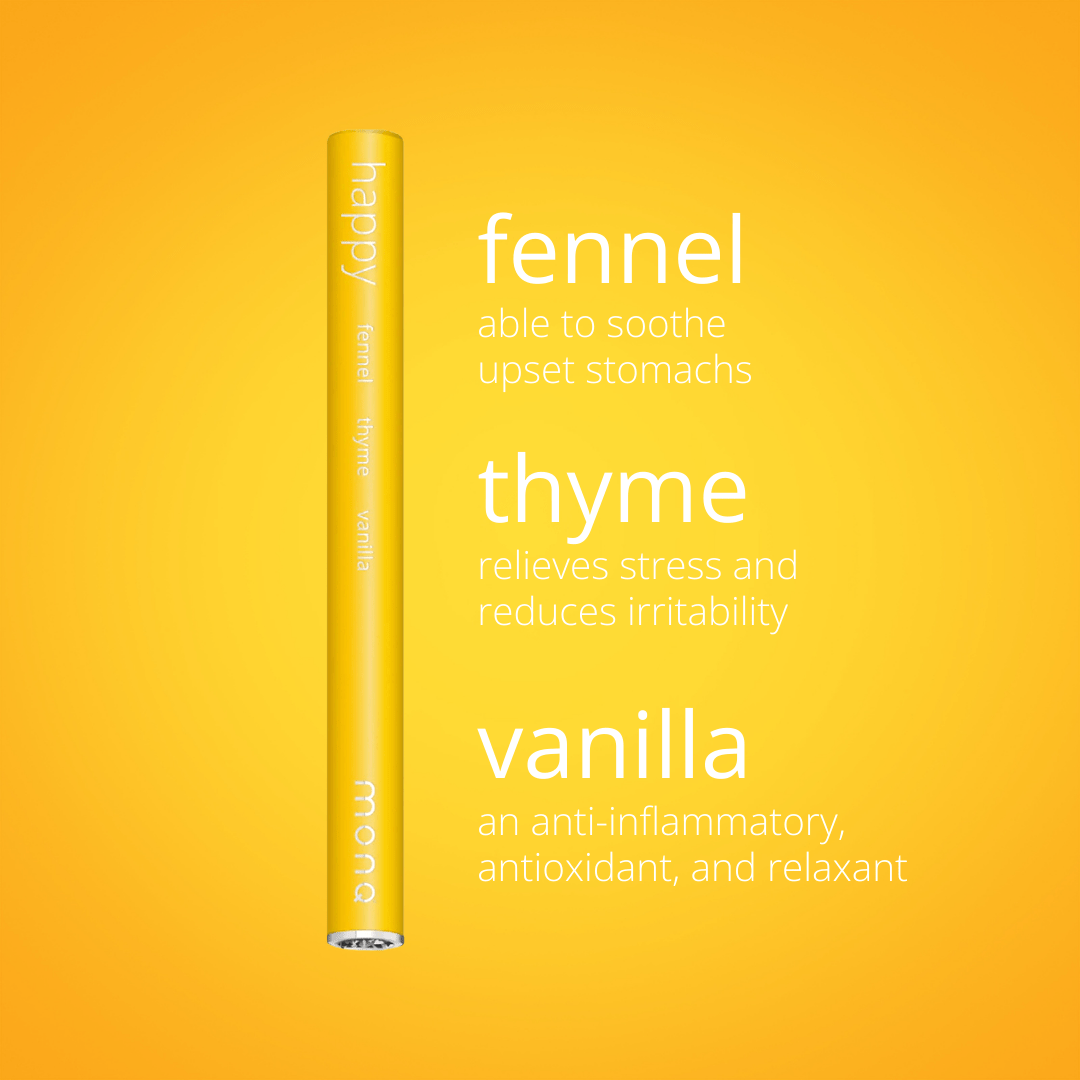
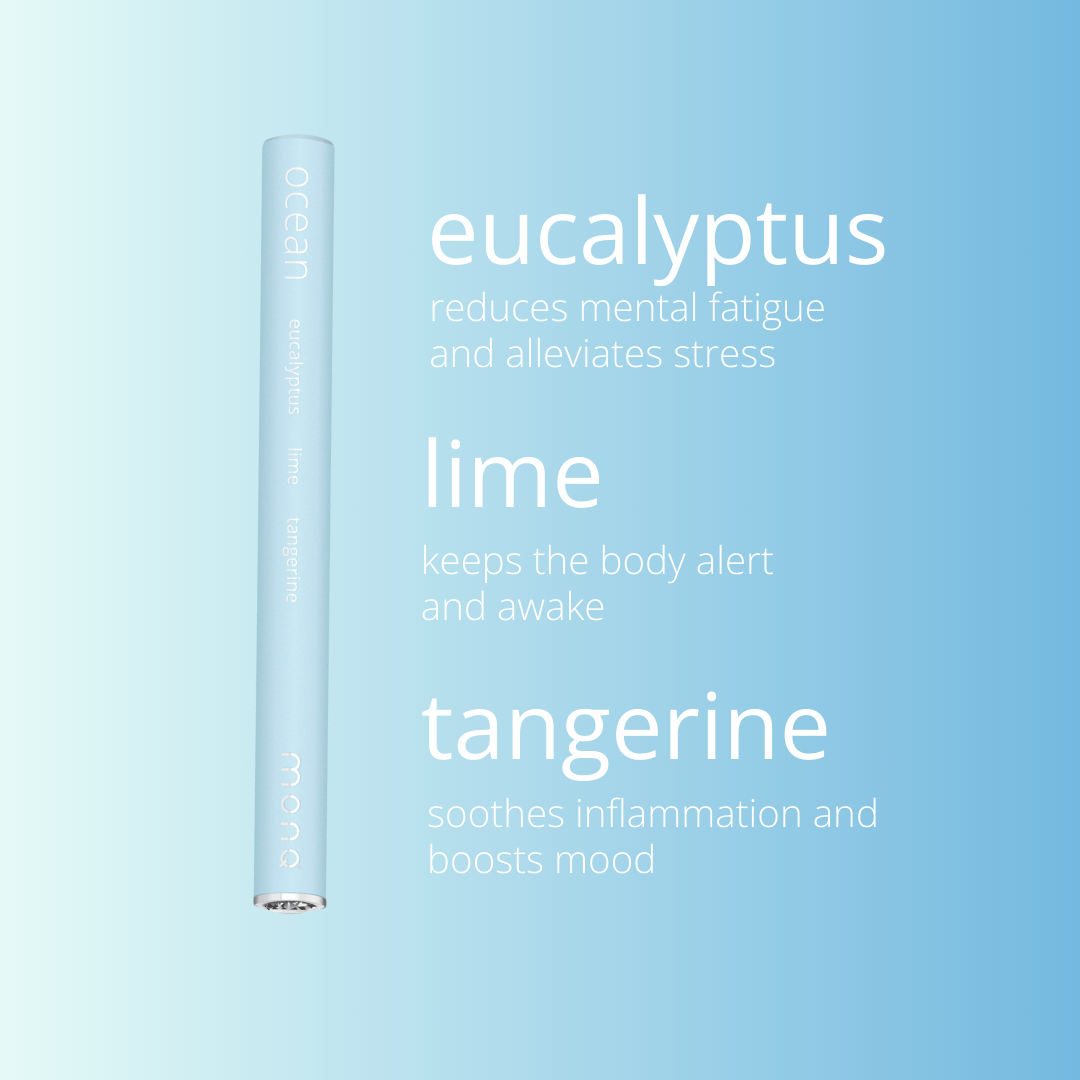
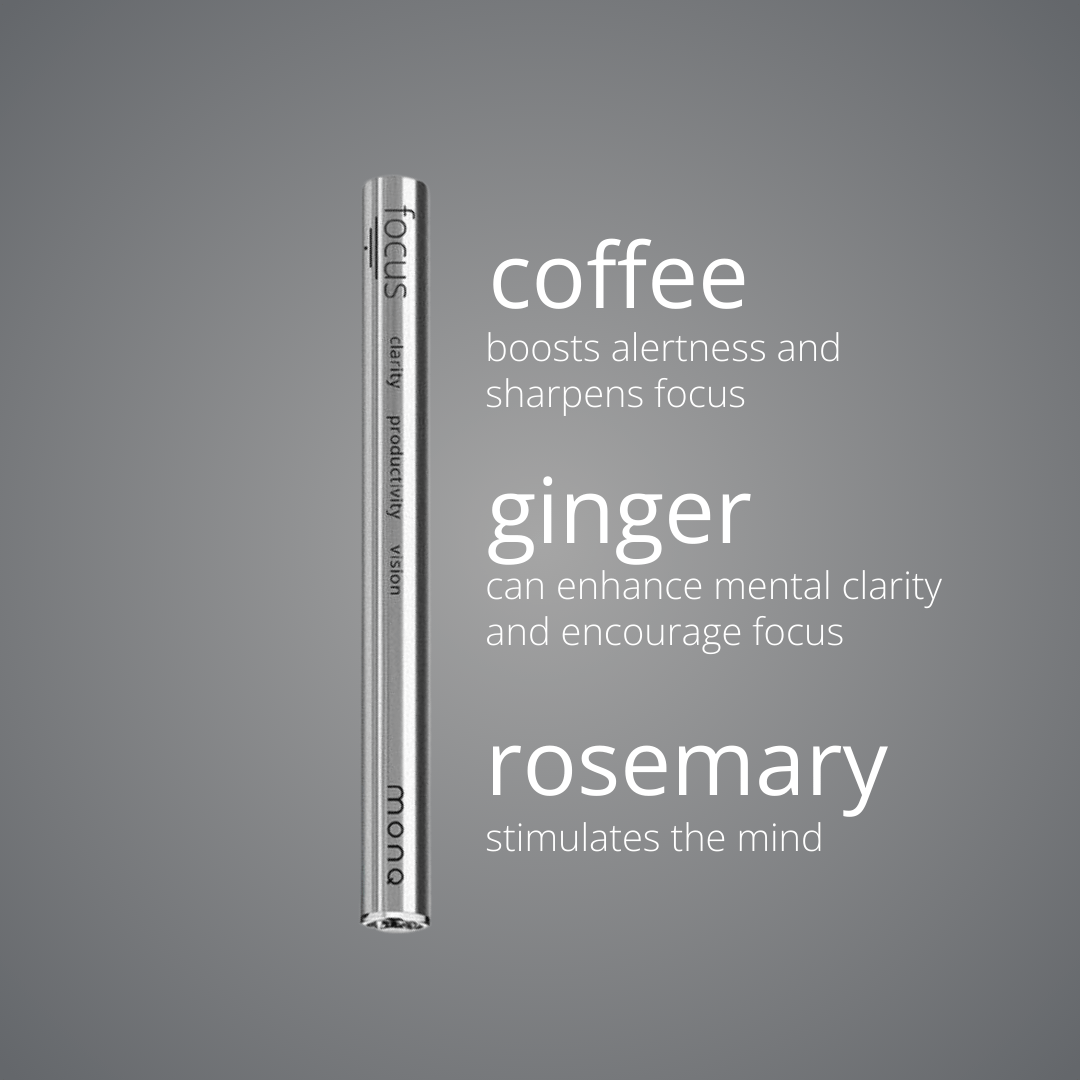
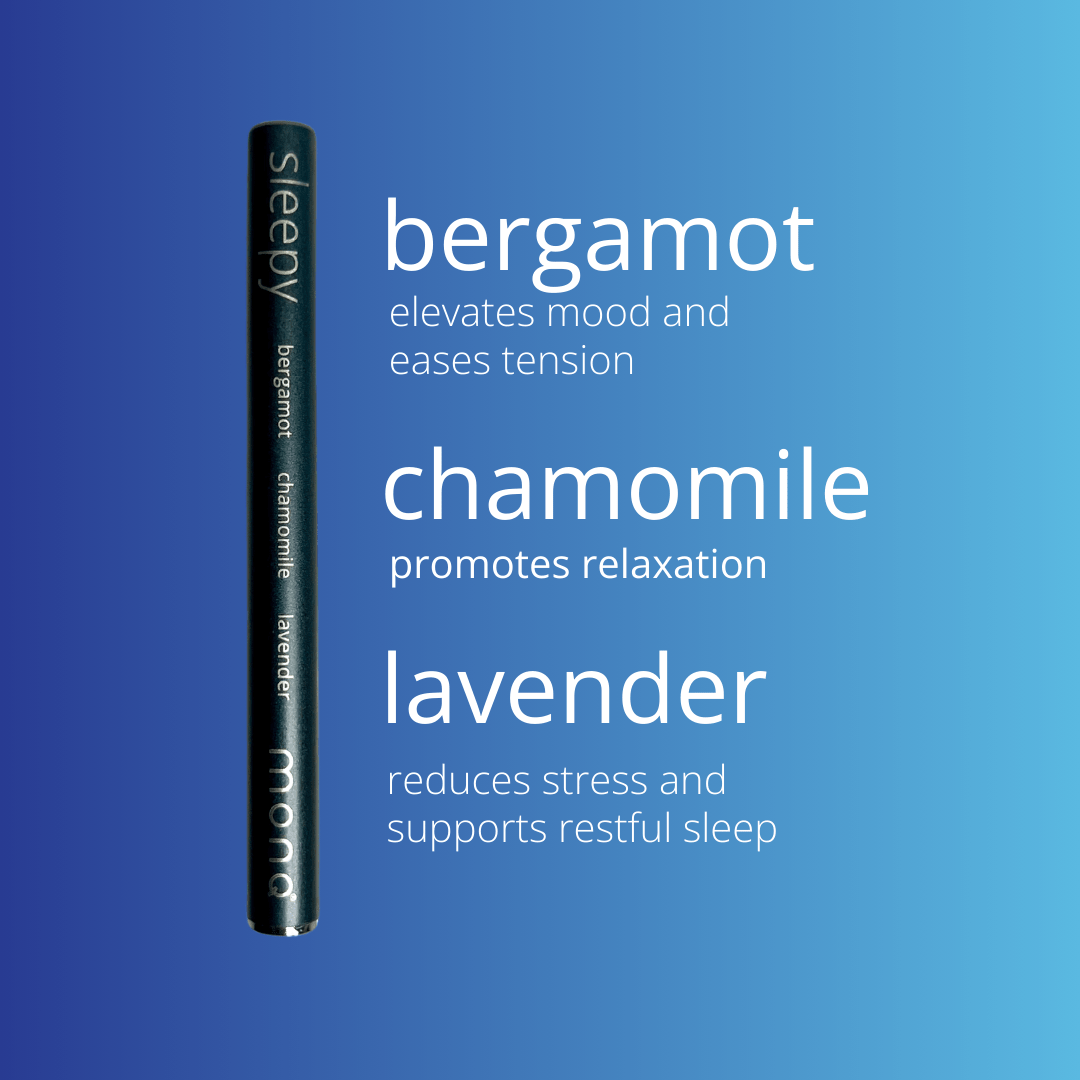
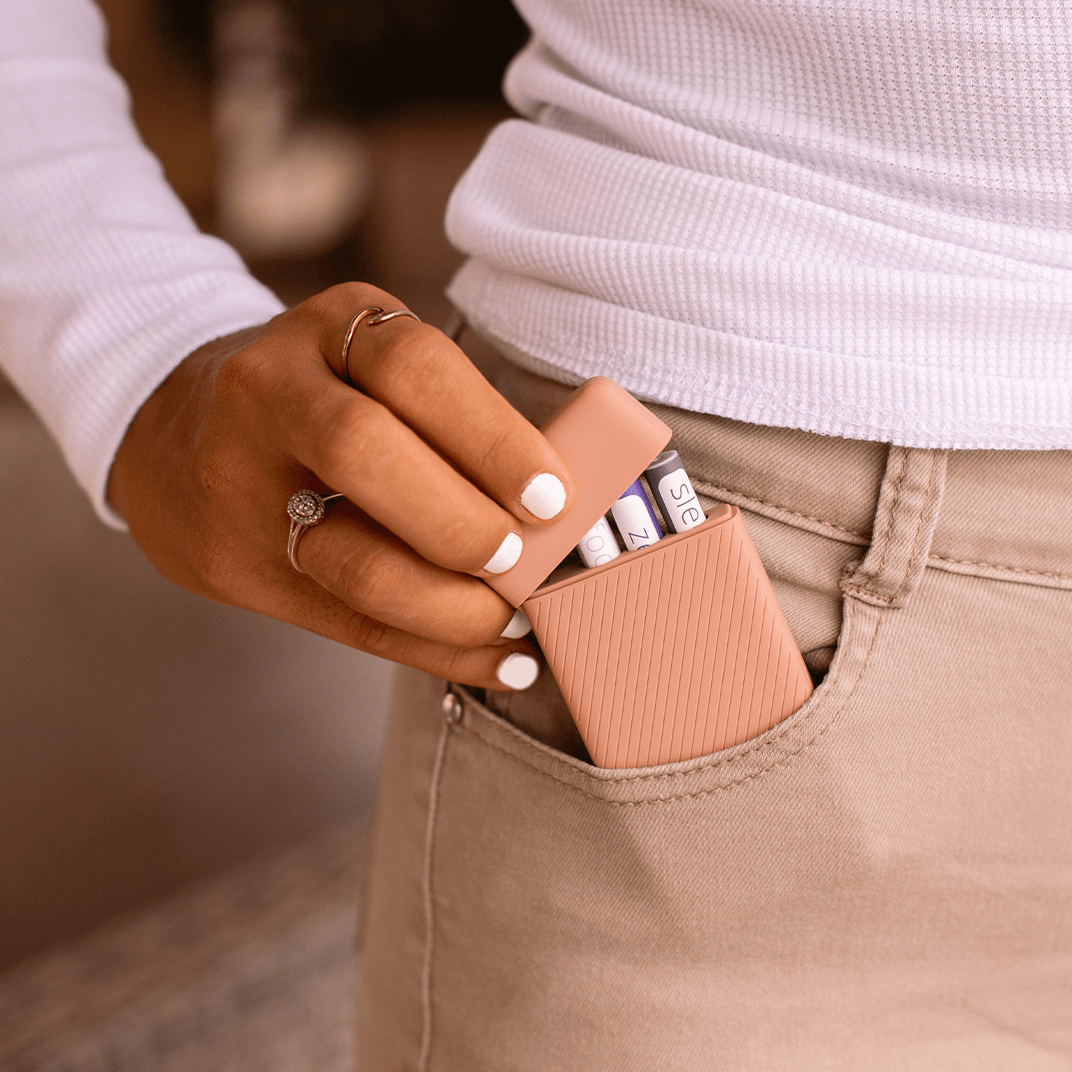
Leave a comment